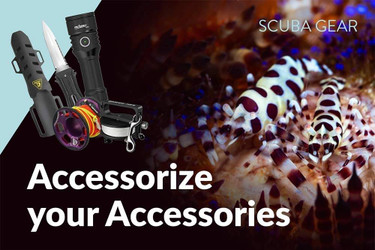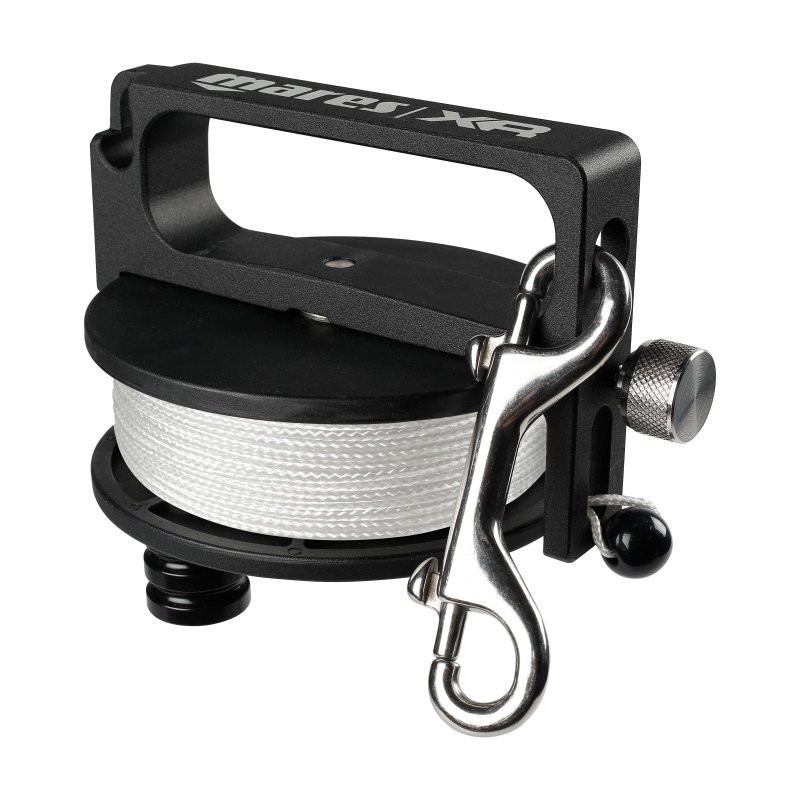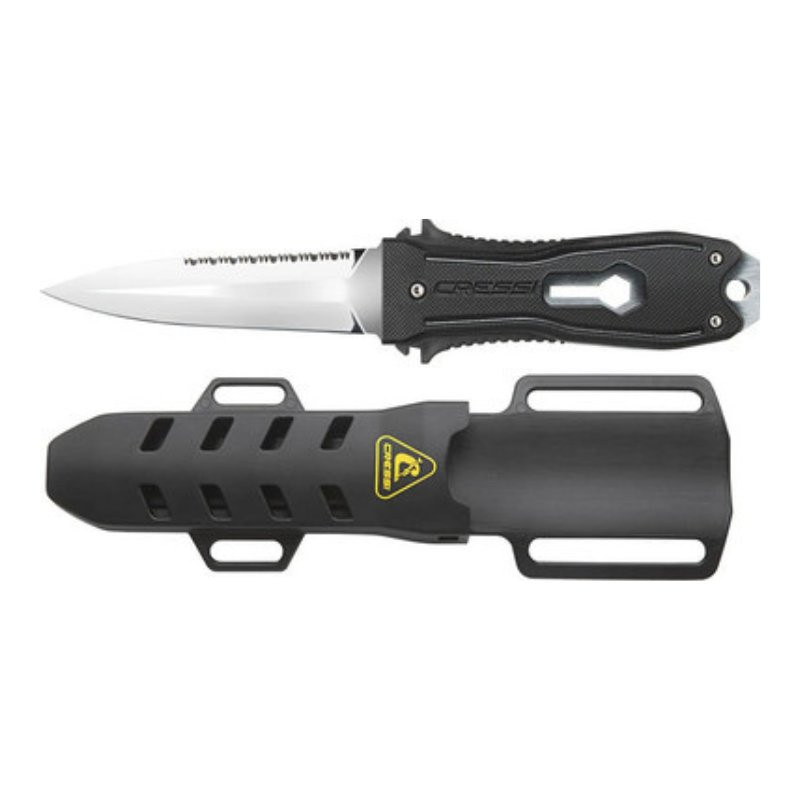Accessorize with Accessories
Posted by Elma Tarr on September 15th, 2024

Here is the thing, all the accessories do have a purpose, otherwise there will not be a market for it. Some accessories are suited for some environments, and some are pointless. Some Accessories can save your life.
SMB and DSMB
SMB – Surface Marker Bouy. SMBs are towed for the duration of the entire dive. These are commonly used in shallow coastal dives where the boat traffic is high so boats can constantly see your location. Many divers also use SMB’s while boat diving which allows the captain of the vessel to follow you and keep a close eye on the dive group’s location. SMBs are often used while drift diving. The SMB is also great for getting attention while lost at sea or in case of an emergency.
Reels
Reels will have a spindle that goes onto a handle.
You get ratchet reels that allow you to give out line when needed but can wind back the line once it gets slack. This reel is ideal for a SMB while drift diving. The most common use for a reel is to send up an SMB or DSMB. The line is attached to the inflatable tube and the submerged diver then hold on to the reel that has the line loaded and connects the diver with the surface while submerged. Reels are also utilized in search and rescue dives where one diver would stay in one place and the other diver will swim in a circle. Reels are used when exploring underwater environments like wrecks and caves where the diver will follow the line to know where the entry and exit points are. Reels are also good to use in poor visibility and allow the diver to guide themselves by following the line. Again, many sizes and length of lines are available and would be used in the kind of diving and environment that you are exploring.
Spools are mistaken as reels but there is a difference. Spools are simple with a spindle that has a certain amount of line. There are lots of holes on the side of the spindle and you will use a double ender to lock the line at a certain length when you need to. Spools are mostly used as guidelines.
Dive Knife
While some divers want to look like a wet Rambo, there are great uses for a dive knife. If you are into clean-up dives, then a knife is essential. Most divers are conservation orientated and will cut free lines or a net that could damage the reefs or delicate ecosystems. Knives can also assist the divers when they get entangled in seaweed or kelp and will cut themselves free. I have seen some divers getting their buddy’s attention by tapping the knife on their tank and making a noise. The use of dive knives is not limited to underwater purposes, they are used more on the surface to tighten screws or cut cable ties, or even just to provide peace of mind. It is important to purchase a knife that is durable and strong. Knives are typically made from Stainless Steel, Titanium, and Alloy. Make sure to rinse the knife in fresh water to ensure it stays rust-free and make sure it is completely dry before placing the sheathes back on. How the handle fits in your hand is also a factor to consider. If you are wearing gloves take this to mind when purchasing a knife.
Dive Lights
Pointer or Muck Stick
Very simple and smart invention in my opinion. The Pointer or Muck Stick is used to point out objects and is often utilized by underwater photographers. It gives them great stability especially when photographing macro subjects. Some divers have explained that the Pointer has helped them out while diving in the current. You can also get your buddy’s attention by banging the muck stick on your tank. Please take care of our underwater environments. The Pointers are not made to poke any wildlife or damage any reef. Please be mindful and conserve our oceans.
Double Enders
There are so many uses for the double-ender. Clip your reel to your SMB, and use it to clip your camera out the way, it works wonders as an Octopus holder and Instructors love using these to clip away dive slates and wet notes. Then there are the tech divers that need the double enders which are essential for the kind of diving they do. The market is flooded with double-enders and snap hooks, so make sure that you purchase good-quality double-enders. Where I used this accessory was so popular that I had to engrave my initials on it to prevent the double enders from going missing. Double enders are available in many sizes and should be applied to the specific use that the ender is needed for.
Accessories are designed to assist with your dive and to make tasks easier to handle. There are many more items to consider but you must understand how to handle the item safely. If you are not confident, then check with your dive instructor. No item should restrict your movement or damage the reef.
All the above items are available at our online store. If you need any information, please feel free to reach out to scuba@bluewaterphotostore.com where our team of dive professionals is ready to give you the best advice.











